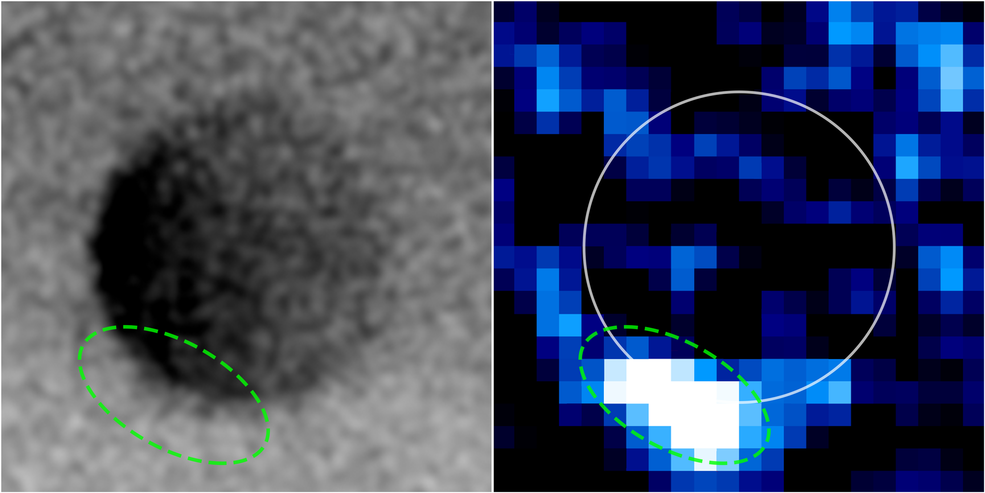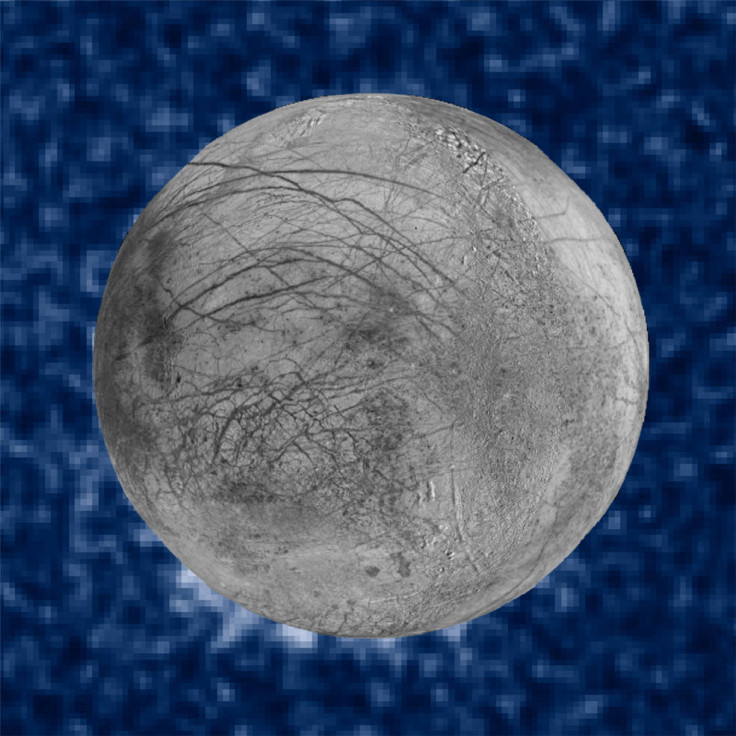Nasa discovers water vapour plumes on Jupiter's icy moon Europa
Hubble telescope images indicates a global saline ocean beneath its icy shell.
Nasa's search for a possible habitat that may support life elsewhere in the Solar System got a boost when it found signs that Jupiter's icy moon of Europa has a global, saline liquid ocean beneath its surface.
Using the Hubble Space Telescope, the space agency found water vapour plumes spewed out from the moon which is the sixth closest to the gas giant, in a discovery that means any future mission there will not require drilling through miles of ice to test the composition of the ocean.
Scientists have long suspected Europa had a liquid ocean beneath its icy crust – making it a target for the search for life in our Solar System.
It is thought to be heated through tidal forces, which makes the moon flex and stretch, and creates the heat necessary for the ocean to remain liquid instead of freezing solid, making it particularly interesting for scientists.
Nasa is planning a mission to the moon to look at the composition of the ocean, the thickness of its shell and its geology. While its primary goal is not to search for life, it is thought its chemistry could be suitable for life to exist.
Presenting the findings, which will be published in the Astrophysical Journal, astronomer with the Space Telescope Science Institute in Baltimore, William Sparks, said: "Today we are presenting new evidence of water vapour plumes from the ice of Europa.


"Observations indicate a global saline liquid water ocean engulfs the moon at this present time {...} if there are plumes it means we may be able to explore Europa for signs of life without having to drill through miles of ice."
Jennifer Wiseman, senior Hubble project scientist at NASA's Goddard Space Flight Centre, said the team was "thrilled" about the findings, adding it shows the importance of Hubble and the scientific research it can be used to conduct. "[Hubble] enabled this detection of evidence for water plumes on Europa. Hubble is the only telescope we have right now to observe Europa to this detail with ultraviolet light," she said.

© Copyright IBTimes 2025. All rights reserved.






















